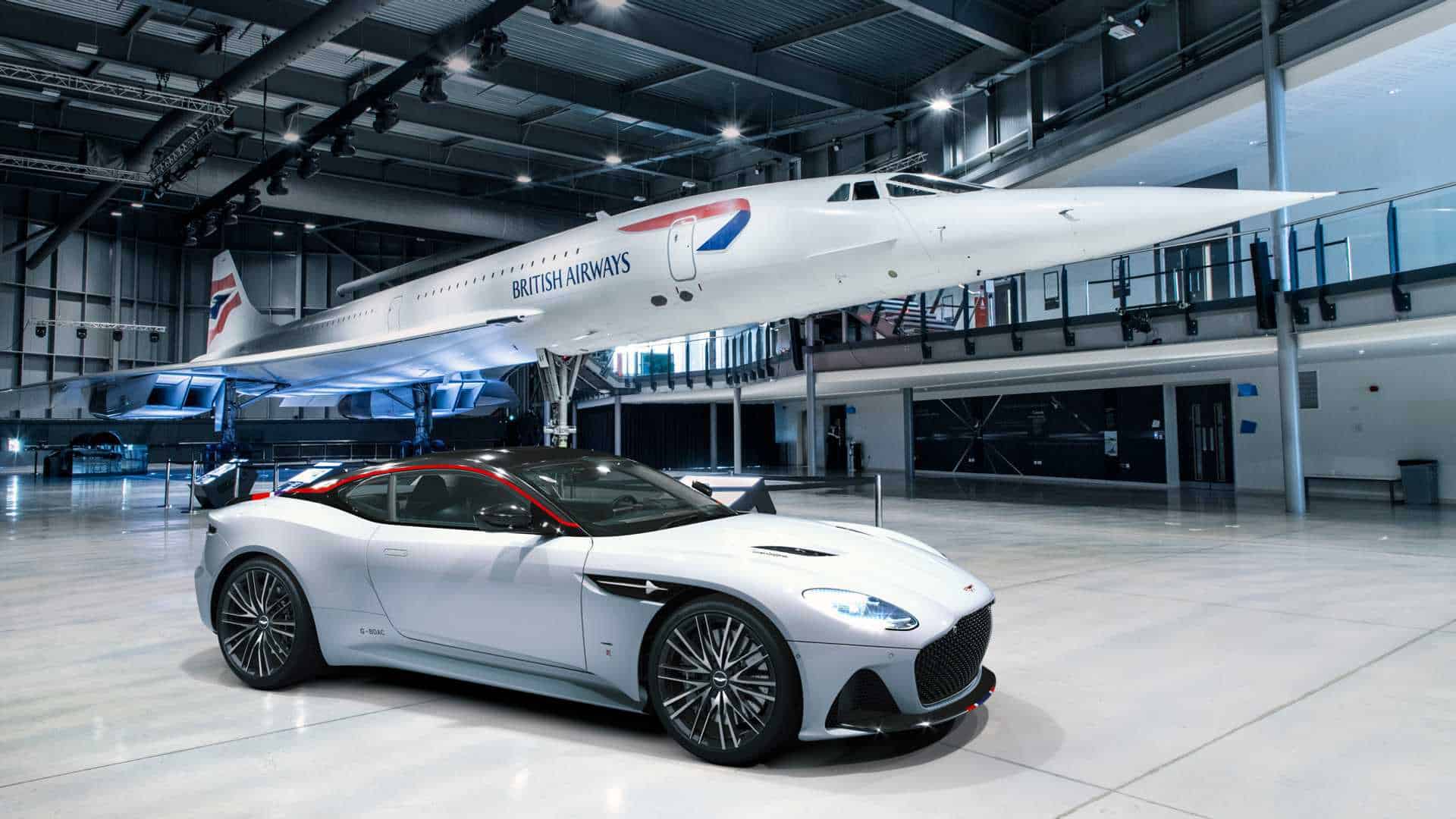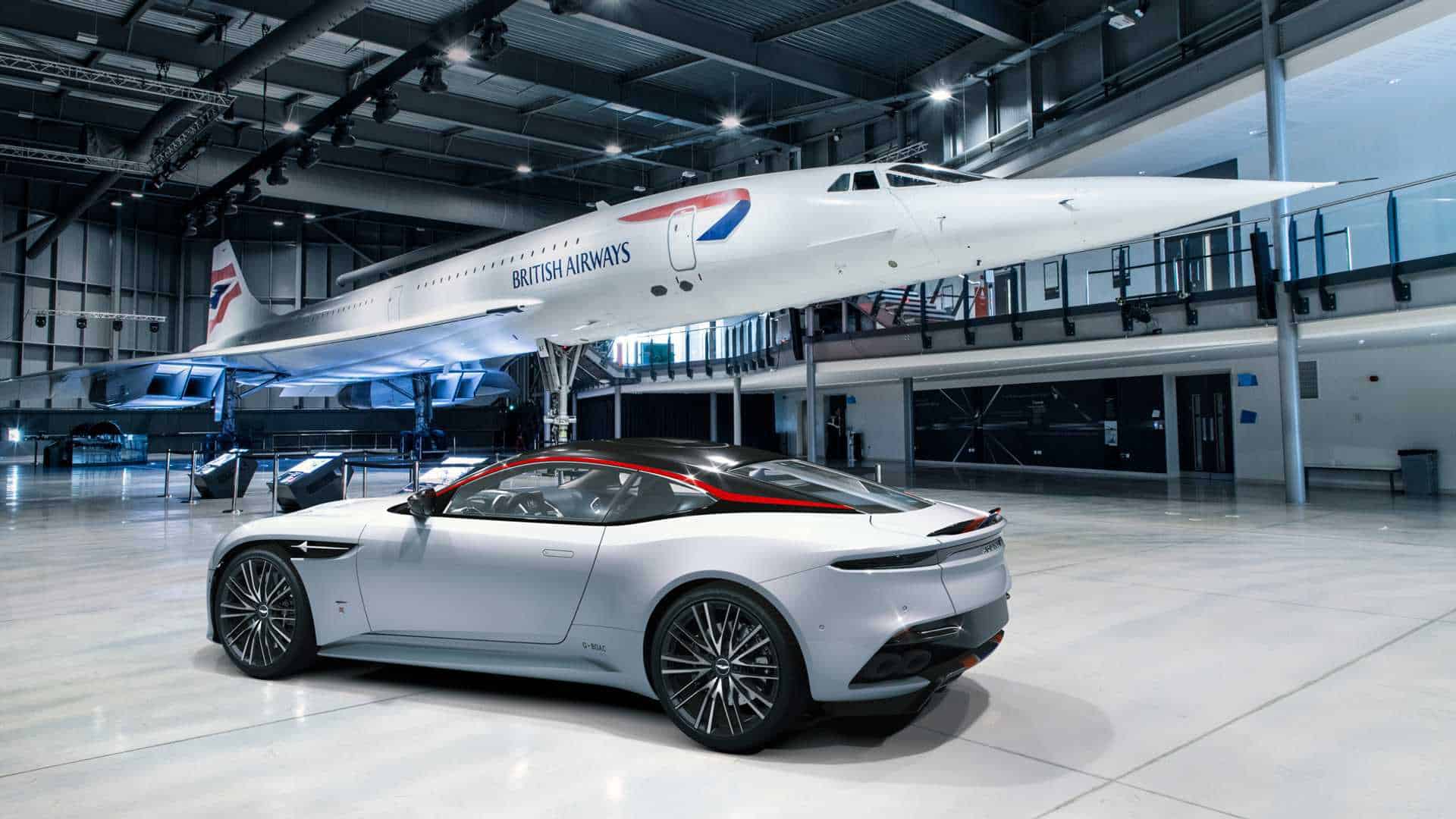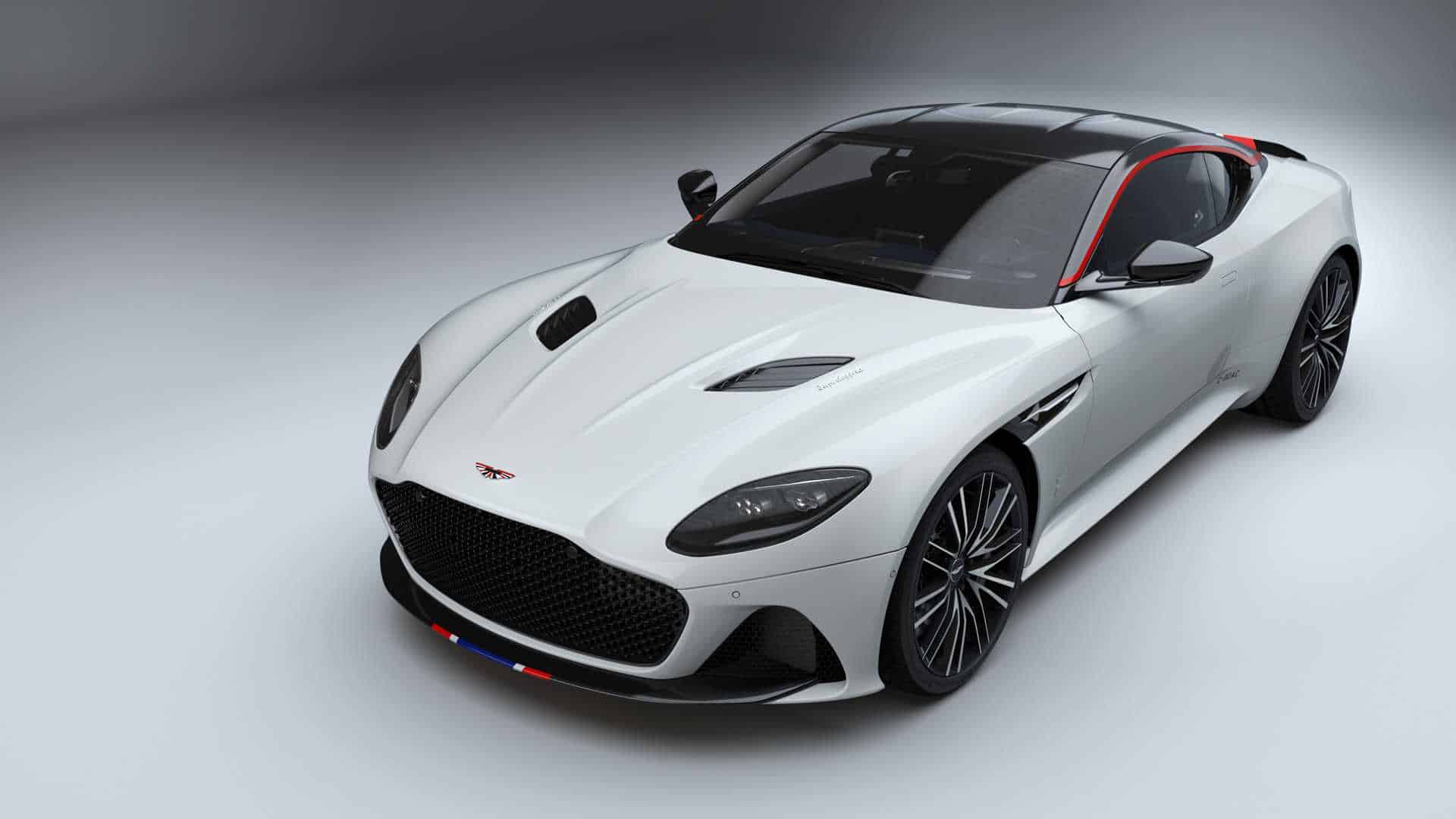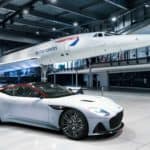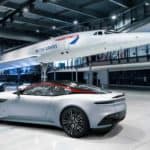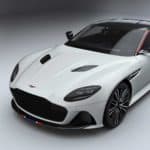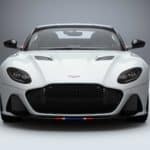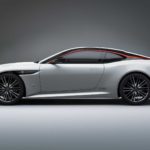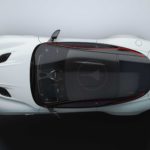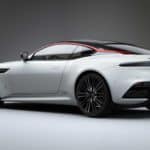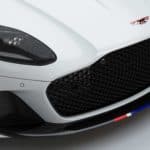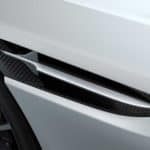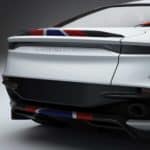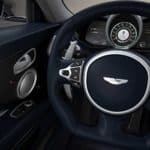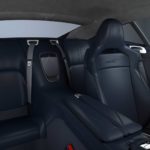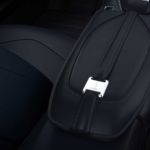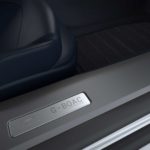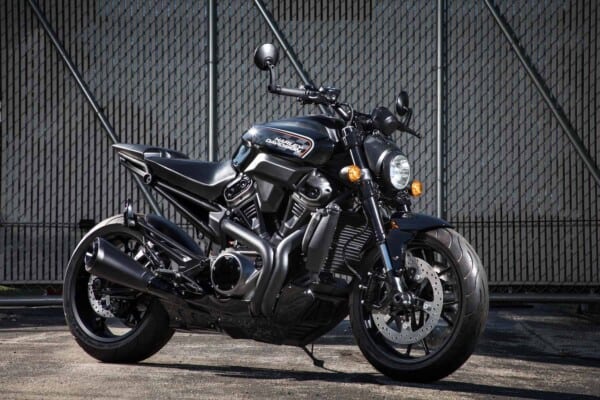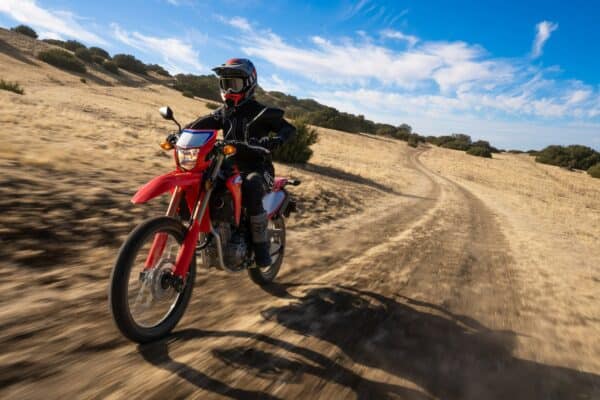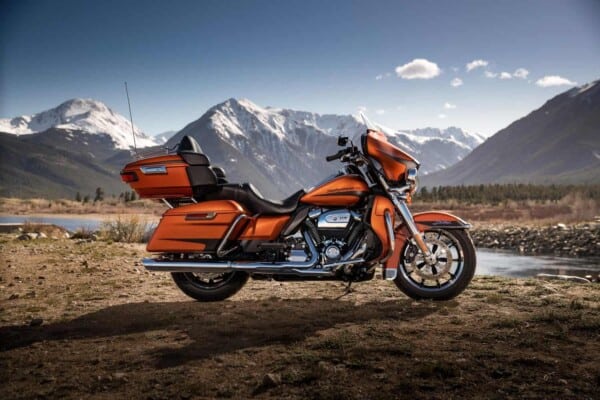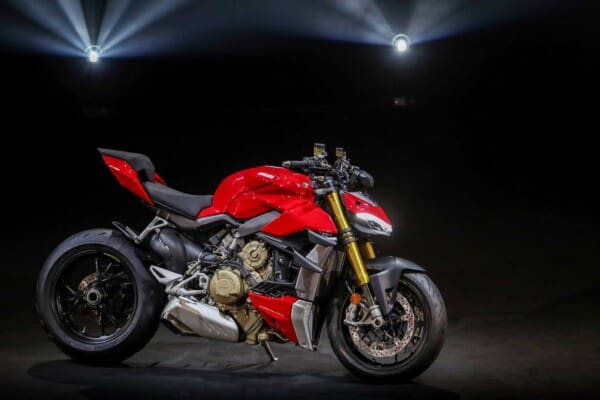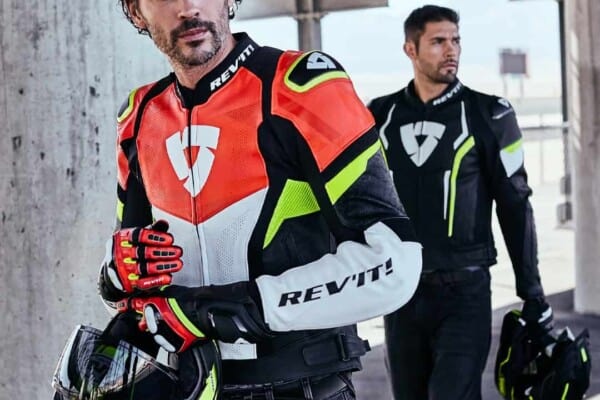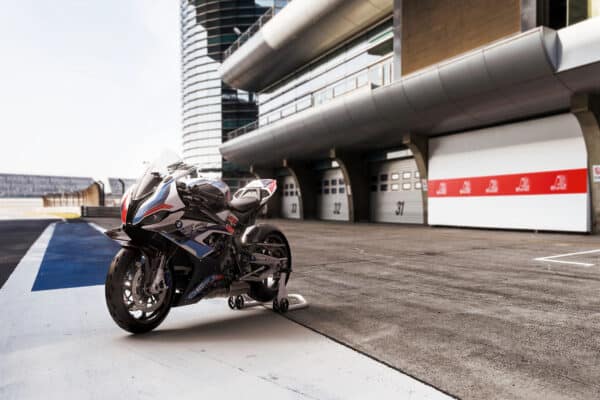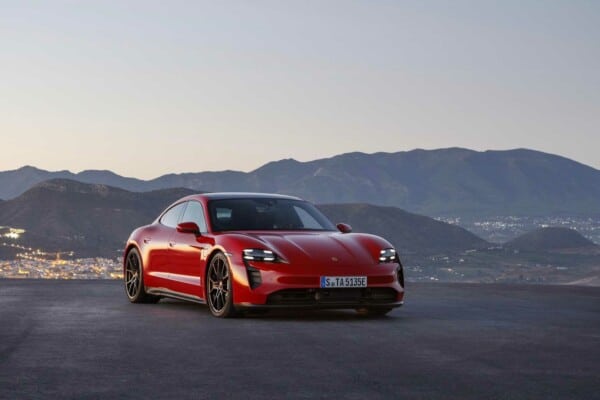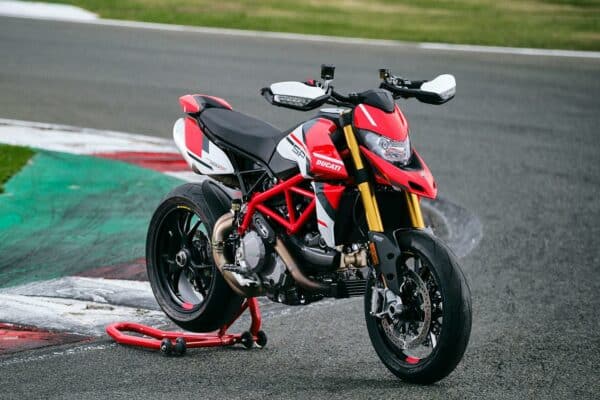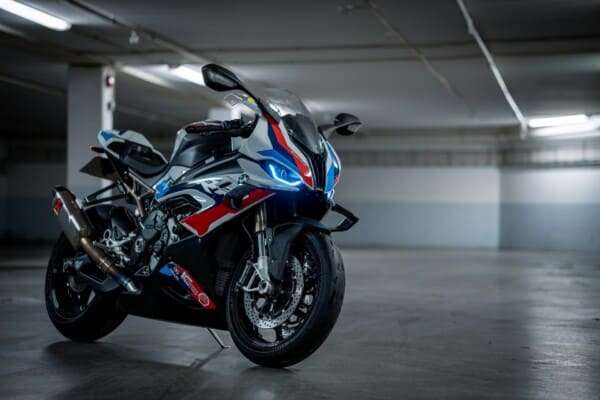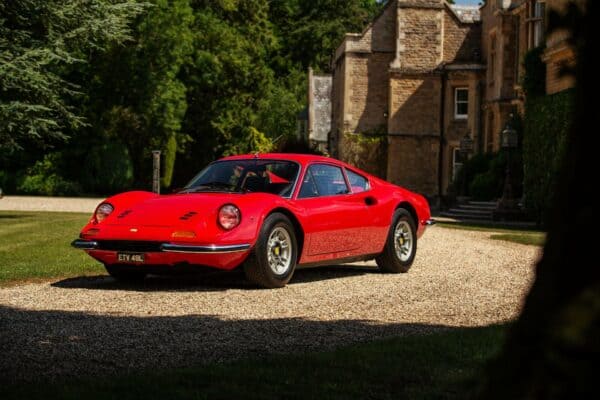Aston Martin and special edition luxury sports cars – just try to find a better duo. The iconic British luxury automaker has recently unveiled a new special edition of its gorgeous DBS Superleggera, a limited-run grand tourer that celebrates speed, aviation and the mighty Concorde supersonic airliner that last touched down 16 years ago.
Commissioned by Aston Martin Bristol, the DBS Superleggera Concorde edition will be built in just 10 examples, each of them celebrating the 50th anniversary of the aircraft’s maiden flight, as well as the 100th anniversary of one of Concorde’s two operators – British Airways.
It’s a bespoke Q by Aston Martin built car, with a special livery featuring British Airways colors on the roof strake, aero blade and the car’s rear diffuser, as well as a superb black-tinted carbon fiber roof graced with Concorde’s unique silhouette. Each car will also come with British Airways’ famous “Speedmarque” logo on the front wings in chrome, plus a small Concorde silhouette on the sides and a unique wing badge too.
Inside the cockpit, it’s all British Airways and Concorde. The cars will boast blue upholstery that resembles the airline’s signature cabin design, with Concorde logos on the front seats. There’s also a unique printed Alcantara headliner with a cool “sonic boom” graphic, a Mach Meter graphic embroidered on the driver’s sun visor and bespoke paddle shifters that were actually made with titanium taken from Concorde compressor blades.
The Aston Martin DBS Superleggera Concorde Edition will also receive a black painted Civil Aviation Authority aircraft identifier number under the skin and bespoke inspection plaques that have been signed by Aston Martin’s CEO Andy Palmer and British Airways Chairman Álex Cruz.
The cars are still powered by the huge 5.2-liter twin turbocharged V12 that’s found in the standard DBS Superleggera. They might not be as fast as the Concorde, but with 715 hp and 900 Nm (664 lb-ft) of torque, these beauties can reach a top speed of 340 km/h (211 mph), with a 0 to 100 km/h (0-62 mph) acceleration time of just 3.4 seconds. We’re ready for takeoff!

